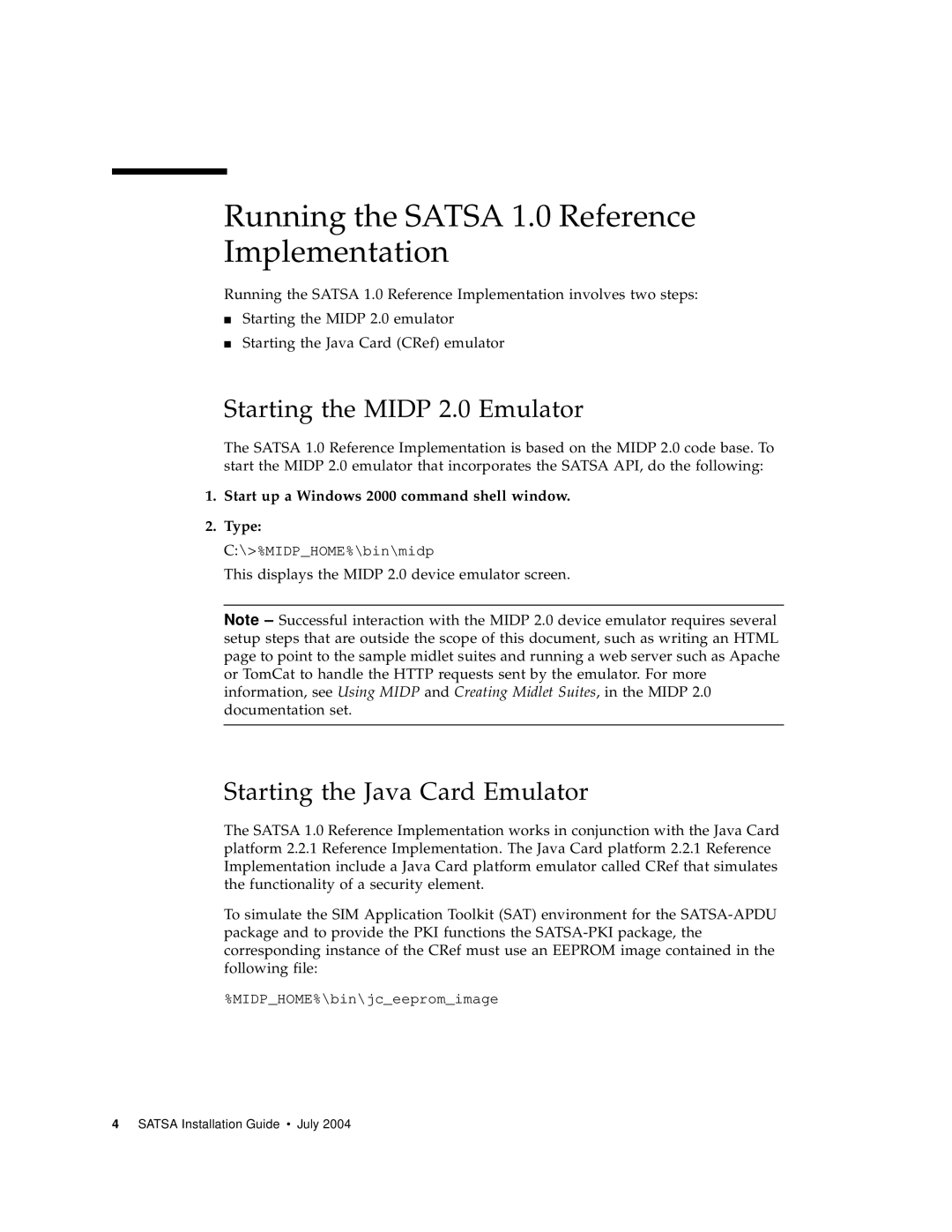1 specifications
Sun Microsystems was a prominent American company that played a critical role in the evolution of computer systems and enterprise computing during the 1980s and 1990s. Founded in 1982 by Bill Joy, Vinod Khosla, Andy Bechtolsheim, and Scott McNealy, Sun was renowned for its innovative technologies and high-performance computing solutions. The company was pivotal in the development of products based on its flagship software and hardware systems.One of the most significant contributions of Sun Microsystems was the development of the SPARC architecture. This RISC (Reduced Instruction Set Computing) architecture was designed to optimize performance and efficiency in server environments. SPARC processors were widely used in Sun's high-end workstations and servers, enabling them to handle complex tasks and large-scale data processing. The architecture supported multiprocessing, making it ideal for enterprise applications that required robust computing power.
Sun was also a pioneer in the development of networked computing technologies. Its commitment to open standards paved the way for UNIX-based operating systems, specifically Solaris, a version of the UNIX OS that became synonymous with Sun workstations and servers. Solaris was known for its scalability, modular design, and innovative features, such as support for symmetric multiprocessing and advanced security capabilities.
The company was a strong advocate for network file systems, leading to the creation of the Network File System (NFS), which allowed remote file sharing across networks. This technology transformed how organizations managed data and resources in distributed computing environments, making it easier to access and share files across different systems.
In addition to hardware and software, Sun Microsystems introduced the Java programming language in the mid-1990s, revolutionizing the world of programming and web development. Java's "write once, run anywhere" capability allowed developers to create applications that could run on any platform, significantly enhancing software portability and usability in diverse environments.
Sun's commitment to innovation and open systems extended to its approach to hardware design. The company emphasized modularity, allowing customers to achieve scalability and performance optimization. Their workstations and servers were known for their robustness, ease of maintenance, and capability to integrate with various networking technologies.
Throughout its history, Sun Microsystems significantly influenced the computing landscape, emphasizing the importance of open systems and standards. Its legacy continues to be felt in today's technology as many of its innovations laid the groundwork for modern computing practices. Following a series of strategic shifts, Sun Microsystems was acquired by Oracle Corporation in 2010, but its technologies continue to impact the industry.
